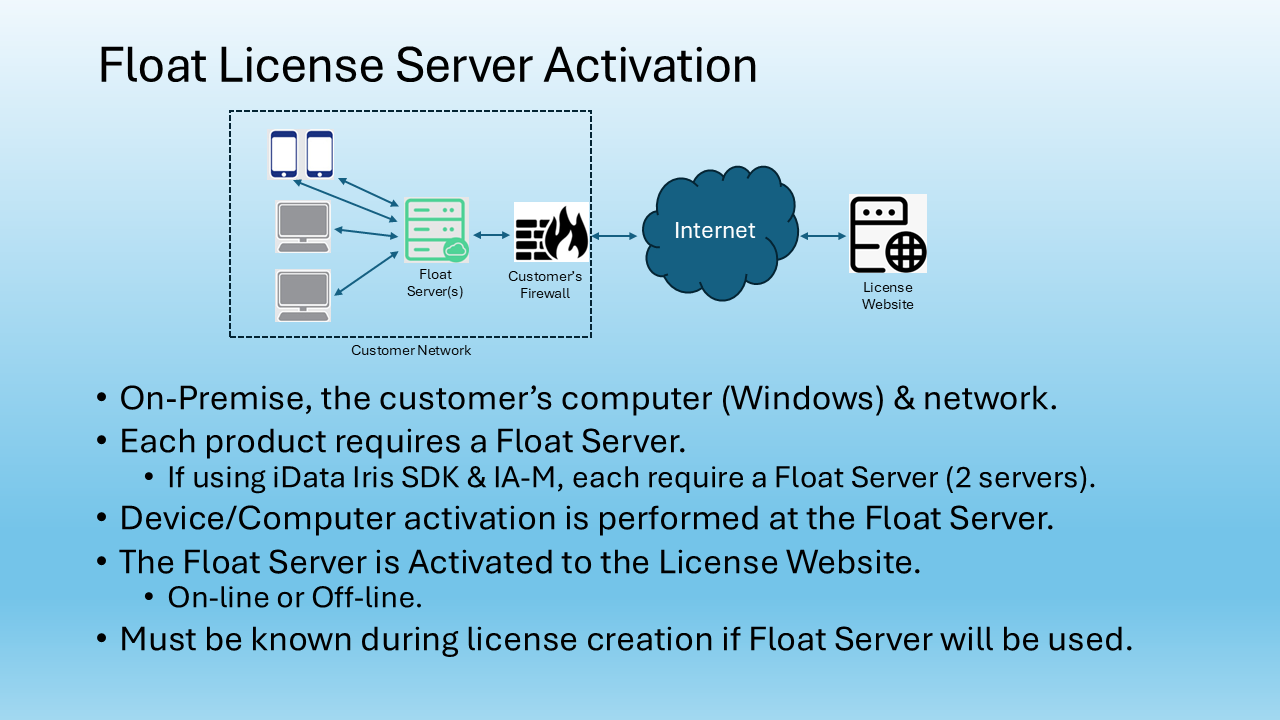Are you vaccinated?
That’s a question asked by governments and businesses around the world, with Malaysia being no exception. The answers to that question help determine how soon the Southeast Asian nation recovers economically from the COVID-19 pandemic.
An aggressive vaccine program in diverse and geographically separated Malaysia recently dispensed daily record numbers of injections to protect adult citizens against the virus. Since reaching a high point in early June, daily infections are declining. Yet, Malaysia is still not allowing tourists into the country, significantly hindering a significant sector of the country’s economy.
One tool to help restart tourism and other business and social activities is a quick, convenient, and reliable way to identify vaccinated people. Creating a secure identity for vaccinated people using biometrics will enhance privacy and security. Biometrics, measurements of an individual’s unique physical characteristics, clearly offer a solution. But which biometric modality is best?
Currently, fingerprint, facial and iris recognition are most often used to authenticate people’s identities. But the pandemic upended how the public views each solution. Most fingerprint readers, long the most used biometric, lacks widespread support because the technology requires contact with the device.
People wearing personal protective equipment (PPE) such as masks and goggles diminish the accuracy of touchless facial recognition systems. Iris recognition, already considered the most accurate of the top three biometrics, requires no contact and is unaffected by PPE, including glasses and contact lenses.
Iris recognition systems use patterns found in the colored ring surrounding the pupil. These patterns, formed in utero, remain constant throughout a person’s life, enabling accurate identification of children. Even genetic twins have different iris patterns.
Enrollment into a vaccine passport system requires a photograph of the irises, creating encrypted templates that cannot be hacked to create a useable image. Authentication takes only a second as people look into iris readers mounted at public and private sites.
How would a vaccination passport work? In most cases, QR codes store the small iris templates in a smartphone app. The app’s data is compared to a live reading to confirm a person is fully vaccinated. Printed versions of the QR code provide ID for people not owning a smartphone. It’s easy keeping a person’s records up to date by adding information on potential booster vaccines to the QR codes.
Iris recognition is a proven technology. For years, airlines have employed a similar QR-based system at boarding gates. Many airports added a biometric identifier to the code allowing enrolled frequent flyers to use self-service kiosks to skip lengthy security and customs lines.
It’s time we moved confidently into a post-pandemic era. Reliably knowing who is vaccinated and who is not provides valuable information needed for a return to normal activities. A vaccine passport is required as Malaysia, and the world, move toward reopening borders and ending domestic lockdowns.
Download our recent white paper, Getting Back to Normal with Vaccine Passports, for more information about vaccine passports and the role iris-recognition technology plays.

